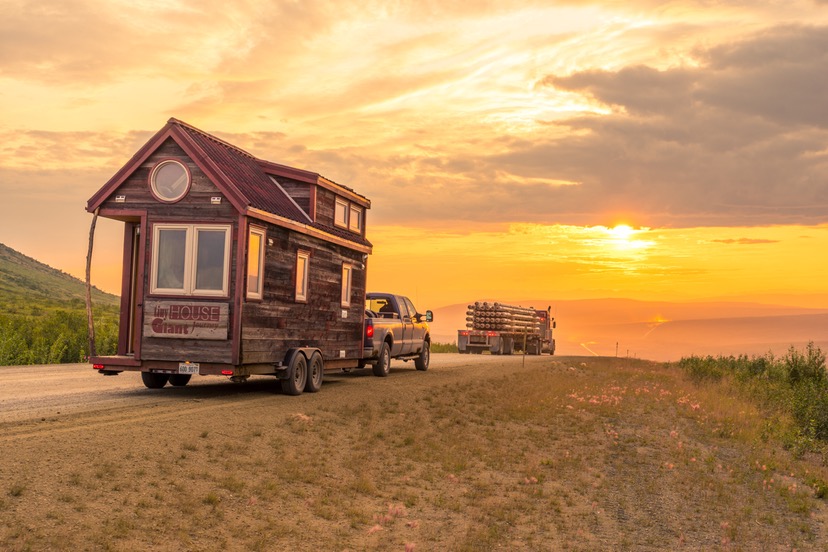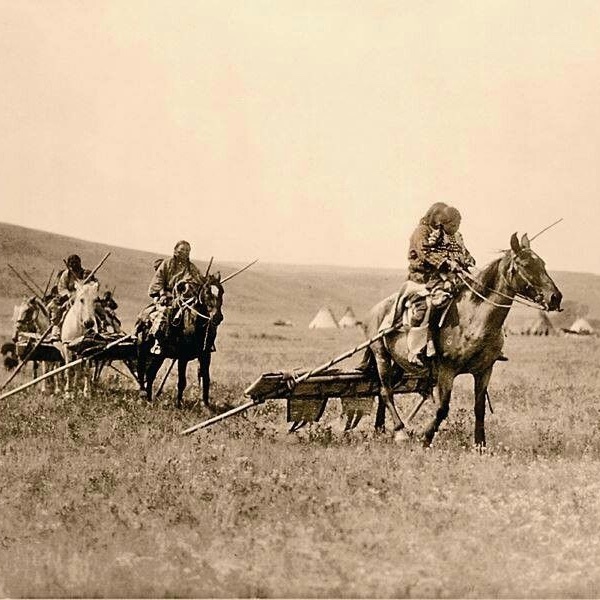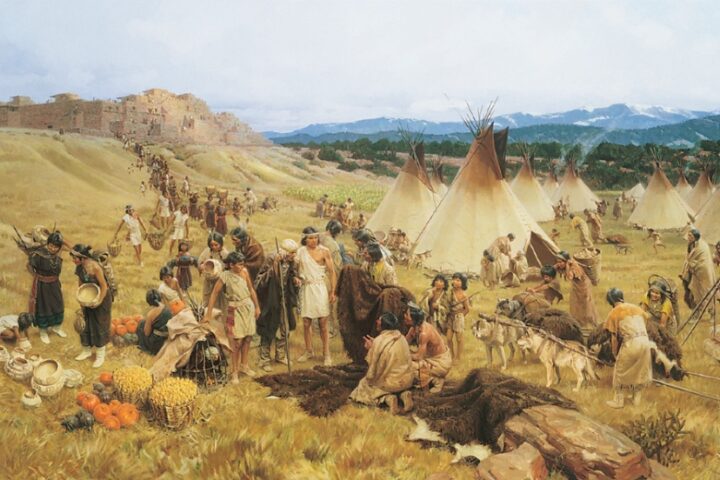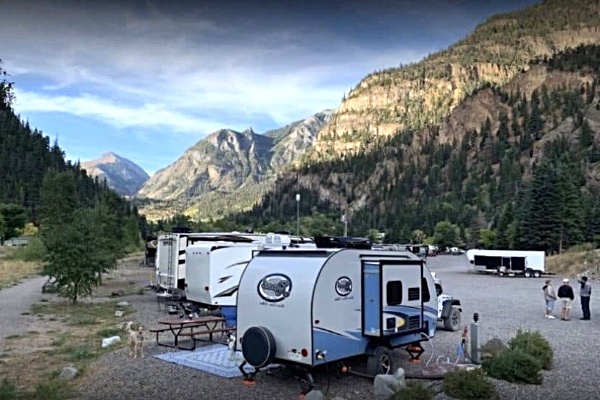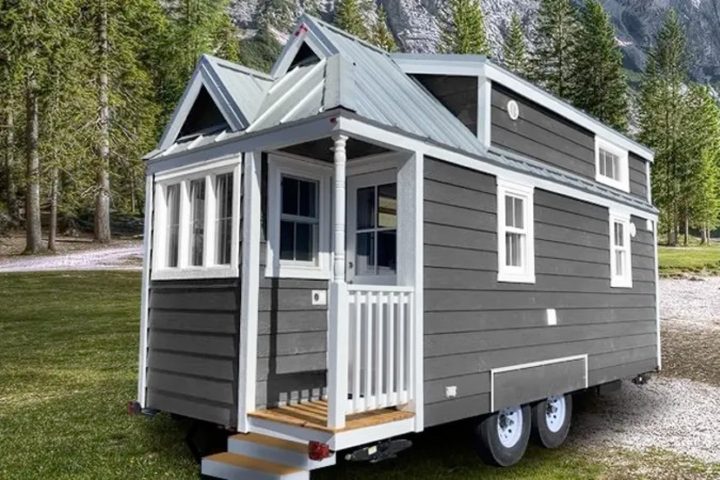As mentioned yesterday in Part Four, the Archuleta Board of County Commissioners were asked, on April 15, to make a decision on two requests from the Troxtell family, who are hoping to create a tiny home village along Highway 84, about five miles south of downtown Pagosa Springs. We discussed their plans in a previous Daily Post editorial series.
As mentioned before, the two requests made to the BOCC were rather simple:
1. Allow the tiny home village to have a gravel drive, rather than requiring the driveway to be paved.
2. Rezone the 26-acre parcel from ‘agricultural ranching’ to ‘mobile home park’.
The commissioners — Veronica Medina, Warren Brown and John Ranson — voted to table both decisions, based, they said, on a lack of access to legal advice about the requests. County Attorney Todd Weaver resigned from his position earlier this month and has not yet been replaced.
The rules related to these two requests are found in the Archuleta County Land Use Regulations, which are authorized by the BOCC, and in the Archuleta County Zoning Map, also authorized by the BOCC. It seems to me — speaking as an interested observer — that the BOCC can change most any County regulations that they find detrimental to our community’s welfare. (Some land uses are controlled by state law, however.)
Normally, when the BOCC tables a scheduled decision, they specify a future date for further consideration of the question. In this case, no future date was specified. So the Troxtells are currently placed in a holding pattern.
I began this editorial series a week ago, by picking the headline.
A House is Not Always a Home.
The point being, that an individual or family can live in a house without feeling that it’s their true home. Whether the dwelling is owned or rented from a landlord can play into that feeling.
The reverse may also be true:
A Home is Not Always a House.
Or at least, not a ‘house’ as we typically envision it.
Long before Europeans ‘discovered’ the American continents, certain indigenous tribes — in both North and South America — lived nomadic lives, and developed ‘homes’ that could be easily transported. Among North American tribes, the tipi served as the mobile ‘home’ for the Sioux, Cheyenne, Crow, Comanche, Blackfoot and other Great Plains tribes that followed the migratory buffalo herds.
From NativeTribe.info:
Native American tribes across North America, particularly those situated in the Great Plains, adopted the tipi as their primary dwelling. The tipi’s design showcased ingenuity and adaptability, allowing tribes to thrive in varying environments. The structure’s conical shape facilitated efficient drainage, crucial for enduring harsh weather conditions. The tipi’s portability allowed tribes to follow migrating buffalo herds, ensuring a consistent food source.
I found the following image online, illustrating a trading event between a nomadic tribe and a Pueblo tribe, and was struck by the contrast between the two types of ‘homes’ and the alternative lifestyles — one built around agriculture and permanent dwellings, the other around an intimate relationship with the vast, migratory buffalo herds of North America.
When the Europeans arrived — searching for a ‘new world’ to conquer and in which to create a life — the early settlers migrating into the Great Plains and American West often relied on covered wagons, pulled by horses or oxen, to protect them from weather and to transport their belongings. These wooden wagons featured canvas, felt, or other water-resistant fabric stretched over wooden or metal hoops, which reduced the overall weight.
To judge by the photo above — multiple women and children, and one haggard-looking man — I presume this was a Mormon family headed for Salt Lake City.
Nomadic lifestyles have been common all around the globe, and still are. Here in America, one nomadic lifestyle is exemplified by the RV culture. This lifestyle doesn’t appeal to everyone, in a nation where the accumulation of wealth is a primary goal for many, and where the ownership of a house (or multiple houses) is considered central to that accumulation effort.
But for the people who enjoy it and can manage it, the RV lifestyle is the only way to go.
Which leads us, perhaps, to the tiny home on wheels. The THOW.
Local governments have been confused by the growing popularity of the THOW, and how to regulate its use. This confusion derives partly, I believe, from the ‘nanny state’ mentality — the belief, among government officials, that one of government’s primary roles is to protect us from careless or unscrupulous people, and from our own ignorant selves.
This belief runs counter to a contrasting belief in personal liberty.
But in modern America, many of the decisions about how we live, and where we live, are made by insurance companies, and many of the regulations that limit how and where we live are written to preserve insurance company profits.
According to AM Best, property casualty insurers made a record $169 billion in profit in 2024, even as they raised prices and pushed for laws to avoid paying more claims… all while declaring that the industry was in trouble.
The $169 billion profit amounted to a 90% increase from the previous year and a 333% increase from 2022.
Meanwhile, our governments do their best to accommodate the desires of the insurance industry.
Archuleta County has adopted the position, over the past few decades, that new housing must meet the requirements of the International Residential Code and also additional requirements established in the County Land Use Regulations.
But an RV might be a suitable home for a person or family, without being a ‘house’ per se. Thus, the RVIA seal.
A RVIA seal is found on most recreational vehicles built by the major manufactures in the United States. The Recreational Vehicle Industry Association (RVIA) represents over 450 manufactures and component and aftermarket suppliers who together produce 98 percent of all RVs, and the seal self-certifies compliance with over 500 safety standards related to electrical, plumbing, heating, and fire safety.
RVIA certification matters because without it, many RV parks will not allow an RV — or a THOW — to enter the park and use their facilities. That’s mainly because their insurance will not cover issues that may arise due to faulty equipment in an uncertified home.
But it’s nearly impossible, I understand, to get RVIA certification if you plan to build your own THOW.
Read Part Six, on Monday…

